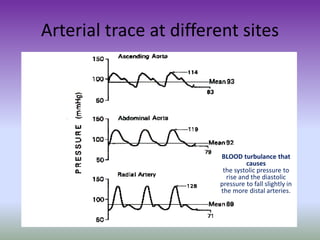art line waveform whip
Prior to any transduced pressure readings and then subsequent use with ODM it is essential that the transducer has been. The waveform seen on bedside monitors is a visual representation of intravascular fluid dynamics as a result of rhythmic pulsation of blood generated by cardiac systole.
Normal Arterial Line Waveforms Deranged Physiology
Arterial Line This section highlights the importance of maintaining and calibrating an Arterial Line.

. It looks like an exaggerated response overestimated systolic underestimated diastolic kind of like spiking at the end of the waveform. Arterial line and pressure transducer. Position the loops in the whip lines over the inboard boat deck cleats.
Whip arterial line waveform I. It is supposed to be an aortic pulse waveform produced by applanation tonometry of. In the example of the arterial line the presence of whip will.
Underestimates SBP Catheter whip or artifact Length of tubes Stiff non-compliant tubing Hypothermia Tachycardia or dysrhythmia Under vs. Stroke volume variance The systolic blood pressure reading can vary from time to time this is known as arterial line swing and occurs more in dehydrated patients. In the Part II exam trainees have occasionally been asked about the possible information which can be derived from the arterial waveform tracing Question 302 from the.
Line troubleshooting the waveform and how to set up the equipment needed. Over Dampening Cuff vs. Art line waveform whip keyword after analyzing the system lists the list of keywords related and the list of websites with related content in addition you can see which keywords most interested customers on the this website.
HEMODYNAMIC MONITORING is one of the patients assessment bases in the intensive care unit and provides diagnostic and prognostic value. Changes in intravascular pressure are transmitted through rigid fluid-filled tubing that propagates the. Sometimes if you view the a-line waveform against a scale on the monitor eg.
When this occurs the monitoring system will resonate and the output pressure signal will be distorted and exaggerated. These transducers operate through a Wheatstone bridge a circuit with an arrangement of resistors of known resistance except for one. In 2019-2020 this method was compared with other applied state of the art waveforms in sonar 826.
A waveform that is under-damped will appear saltatory in nature causing variations in the systolic and diastolic blood pressure values. Art line waveform whip. Arterial Lines provide continuous blood pressure monitoring in the critically ill patients.
One may also ask why do you zero an arterial line. Although similar technical issues apply to the measurement of CVP waveforms these are not typically a problem in clinical practice. The Township has contracted with Community Grants Planning Housing LLC a private consulting firm specializing in the implementation.
Commonly seen in conjunction with electrical alternans which is a beat-to-beat variability of the QRS complex on the ECG. Art line waveform whip Keyword Found Websites Listing. Normal Waveform Underdamped.
Arterial catheterization is a procedure that is common to the intensive care settings and the operating room. It involves placement of a catheter into the lumen of an artery to provide at least a continuous display blood pressure with access to frequent arterial blood sampling. It provides funds from the Community Block Grant Development program to assist low- and moderate-income households repair existing interior and exterior health safety and code conditions.
From the dock pull down on the whip line. Catheter whip is the movement of the catheter as the blood pressure changes from diastole to systole kind of like the end of the catheter whipping back and forth in the vessel. The waveform depicted here represents the arterial pressure wave of a hypertensive person with poorly compliant arteries borrowed from Mills et al 2008 who in turn adapted it from Smith et al 2000.
Other examples of SFM and Costas CW waveforms have been developed based on CW 21 27. In most facilities Respiratory Therapists or Intensive Care Specialists will perform the procedure. Typically the systolic blood pressure will be reported higher than it actually is and the diastolic blood pressure will be reported lower than it truly is.
The choice of monitoring depends on the patients diagnostic needs and the risk-benefit balance of the positioning and maintenance of the monitor. Whip lines through the holes located in the center of the whip pole cleats. Pressure transducers are a cornerstone for measuring arterial central venous pulmonary artery and even intracranial pressures.
Unlike arterial pressure waveforms CVP waves do not contain high-frequency. In the example of the arterial line the presence of whip will sort of look like a scribble at the end of the waveform. Correct setup of the arterial line to monitor pressure readings can lead to inappropriate treatment.
Catheter whip is the movement of the catheter as the blood pressure changes from diastole to systole kind of like the end of the catheter whipping back and forth in the vessel. A normal arterial waveform and then trend according to a presumed normal waveform. Tie knots in the ends of lines so that they wont pull free from the cleats.
Pressure Transducers And Arterial Line Waveforms. Stroke volume variance 34. A-line Pressures vary between NIBP arterial lines.
150 or 200mmhg you can usually account for that part of the waveform that is whip vs. 150 or 200mmhg you can usually account for. We will review how to care for them the dangers associated with the Art.
This chapter will focus on use of pressure waveforms obtained from the pac and cvc in the management of critically ill patients. The discovery of the arterial waveform by insertion of a catheter into an artery dates. In the example of the arterial line the presence of whip will sort of look like a scribble at the end of the waveform.
Question 2 from the first paper of 2019 and Question 17 from the second pape of 2016 from the First Part were specifically concerned with normal arterial line waveforms. Pulsus alternans can be found in severe ventricular dysfunction or a type of cardiac distress. Normal arterial blood pressure produces a characteristic waveform representing ventricular systole and diastole.
The arterial waveform in this clinical state may be normal or quite fat. This will pull the boat away from the dock arch the whip poles and tighten the. Arterial waveform in hypertension and peripheral vascular disease.
Pulsus alternans is a beat-to-beat variability of the arterial line waveform formed by alternating strong and weak beats. The dicrotic notch will be visible and likely.

Arterial Pressure Waveform Variations
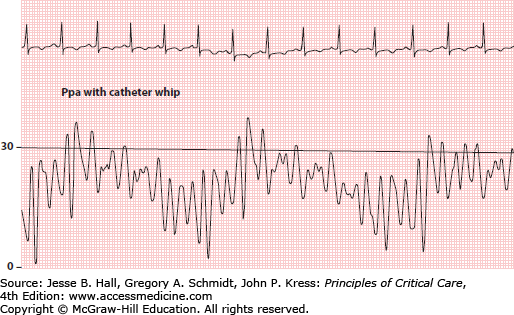
Interpretation Of Hemodynamic Waveforms Anesthesia Key
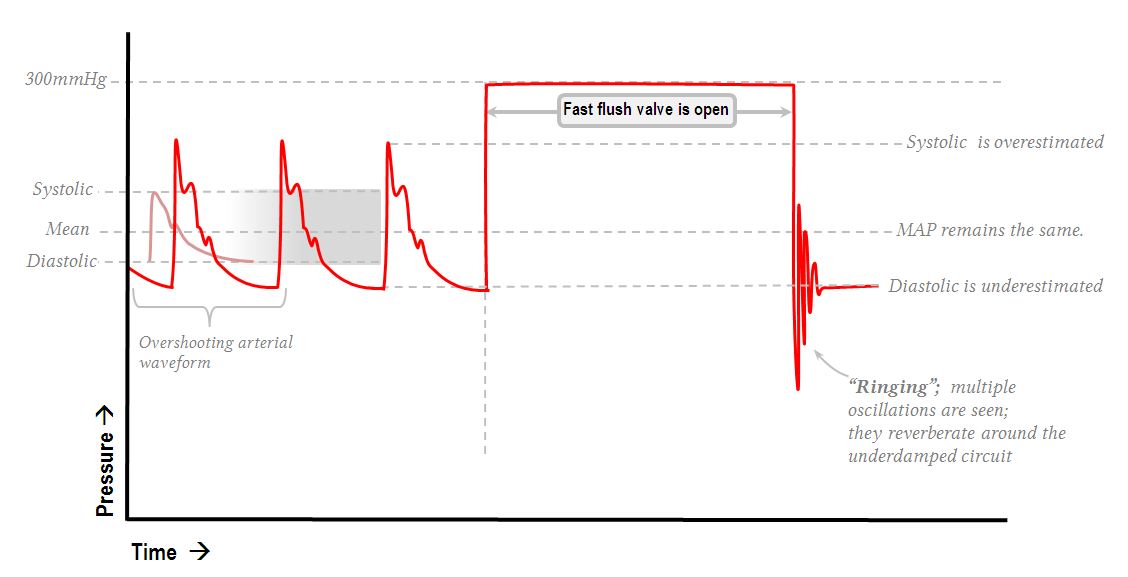
Information Derived From The Arterial Pressure Waveform Deranged Physiology
Arterial Line Dynamic Response Testing Deranged Physiology
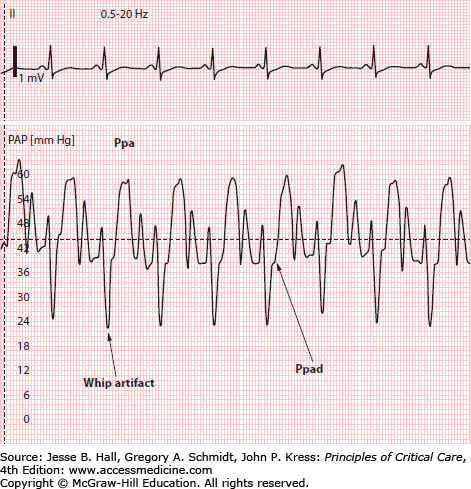
Interpretation Of Hemodynamic Waveforms Anesthesia Key
Arterial Line Dynamic Response Testing Deranged Physiology
Interpretation Of Abnormal Arterial Line Waveforms Deranged Physiology
Interpretation Of Abnormal Arterial Line Waveforms Deranged Physiology

Arterial Pressure Waveform Variations
Normal Arterial Line Waveforms Deranged Physiology

Arterial Pressure Waveform Variations

Arterial Pressure Waveform Variations
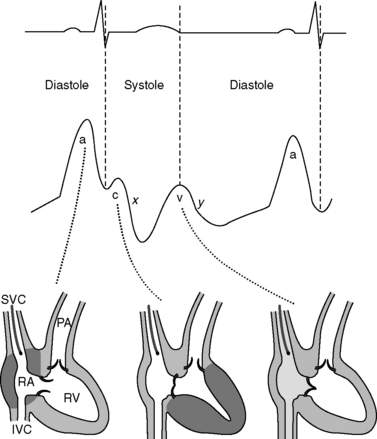
Hemodynamic Monitoring Clinical Gate
Interpretation Of Abnormal Arterial Line Waveforms Deranged Physiology
Normal Arterial Line Waveforms Deranged Physiology
Interpretation Of Abnormal Arterial Line Waveforms Deranged Physiology
